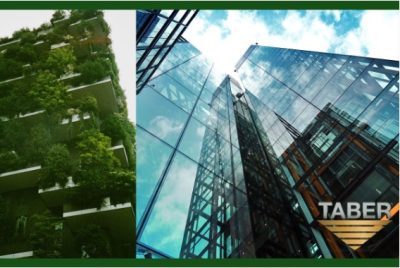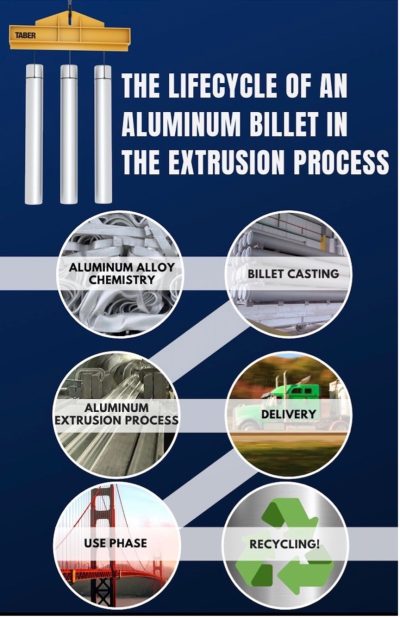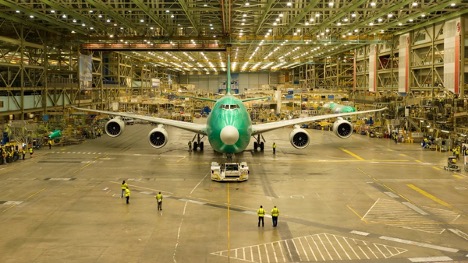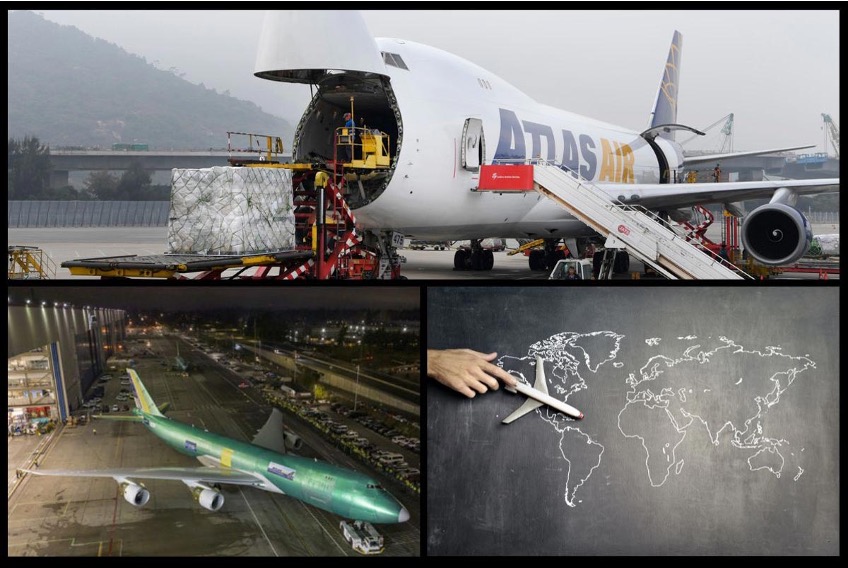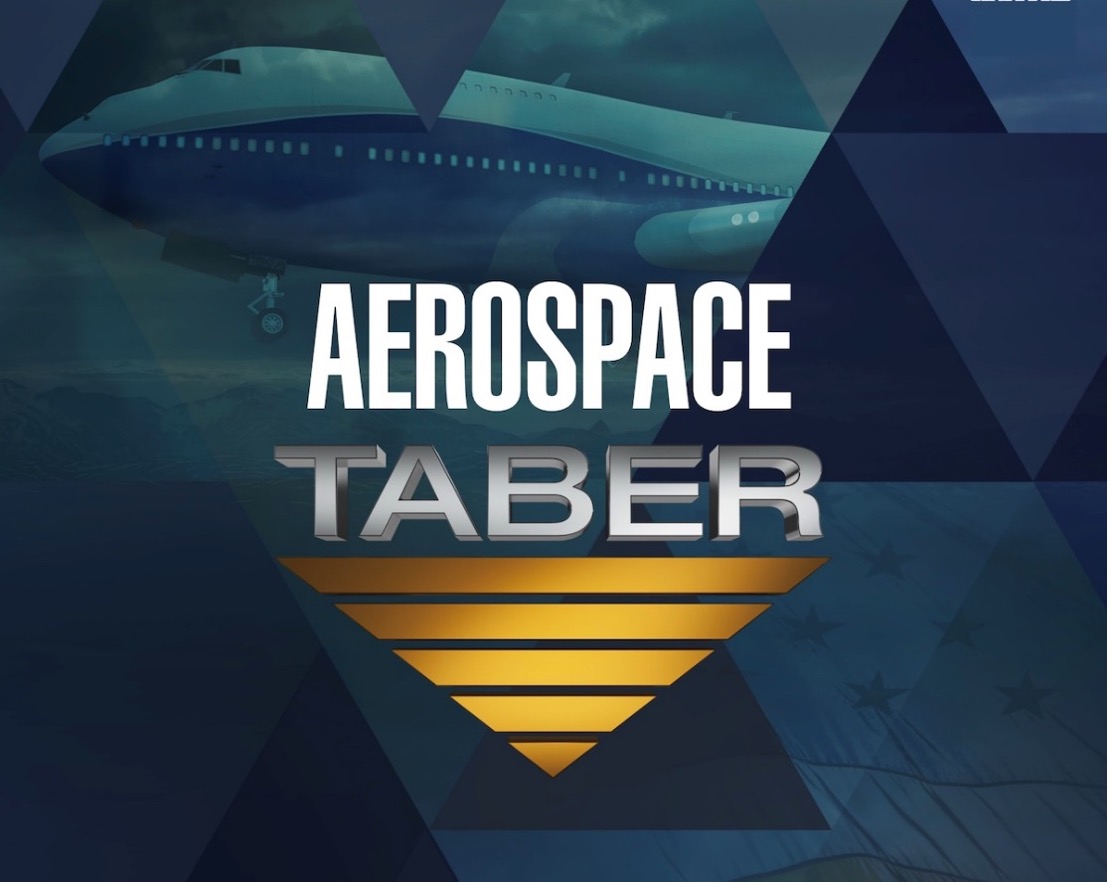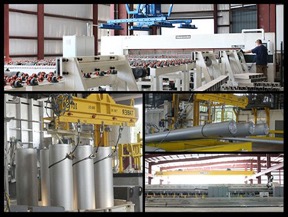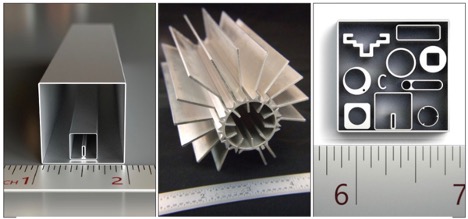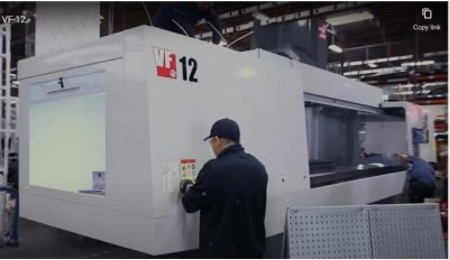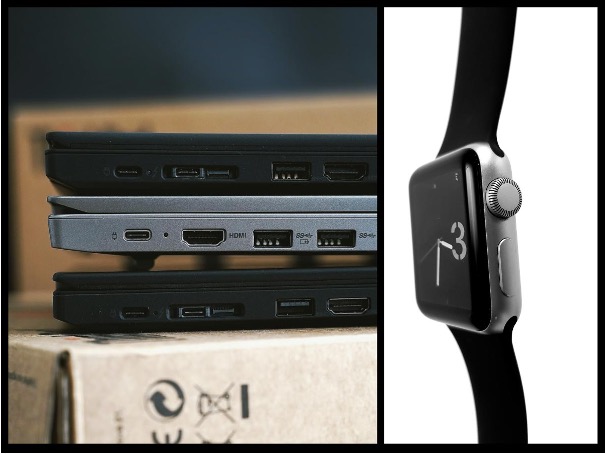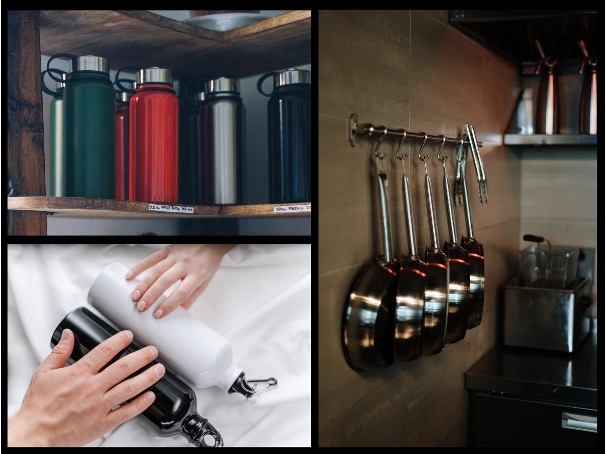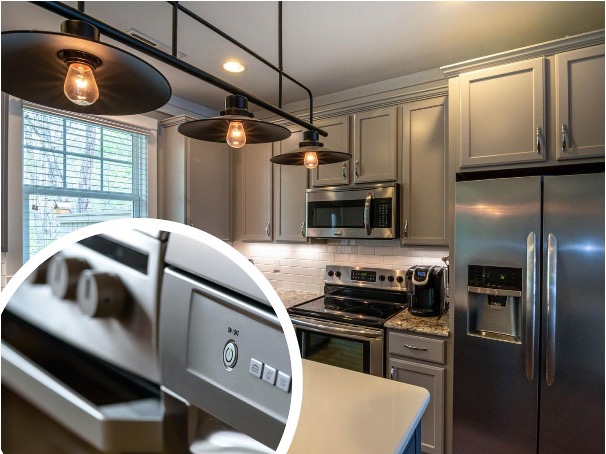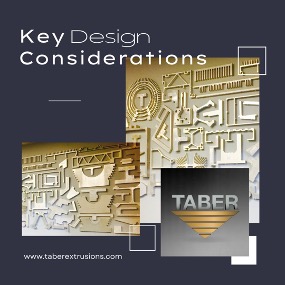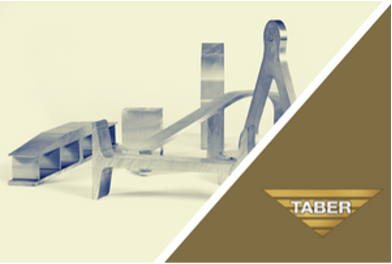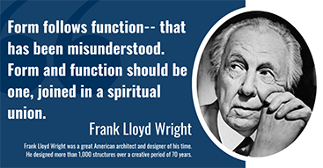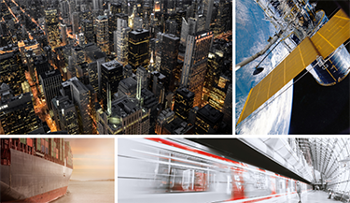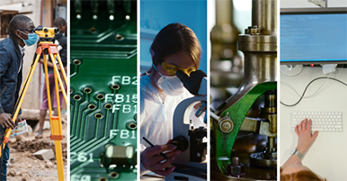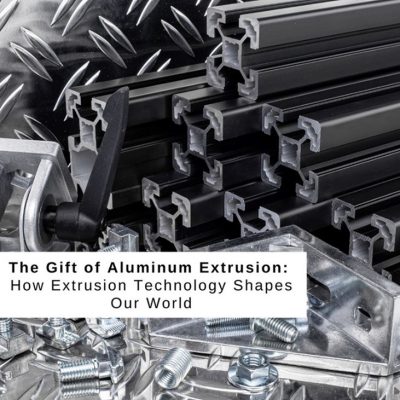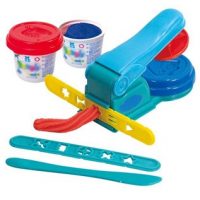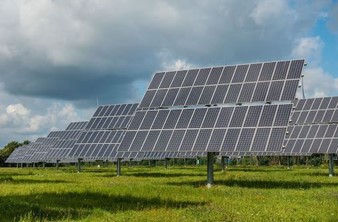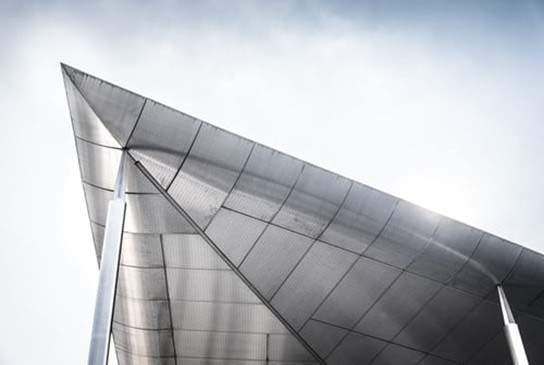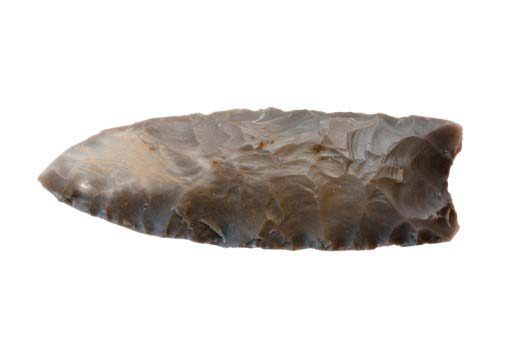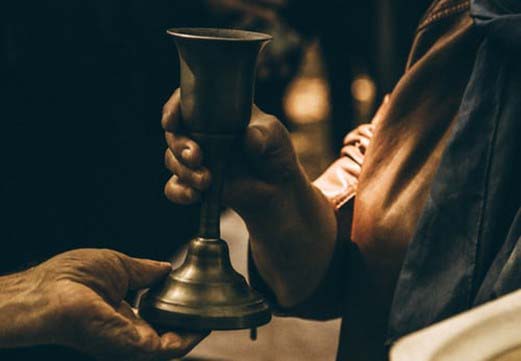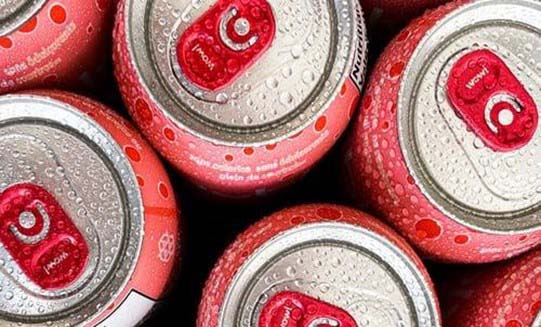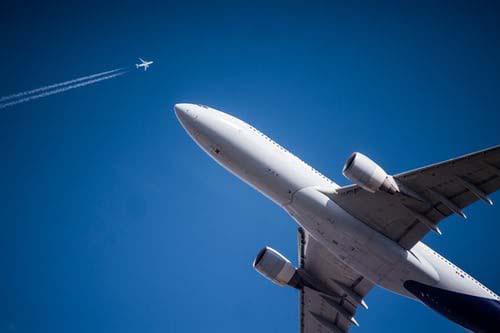Which Aluminum Alloys are Best for Welding?

When it comes to welding, aluminum might not be the first material that comes to mind. However, this versatile metal can be welded with the right approach. Due to its lower melting point and higher thermal conductivity, welding aluminum requires a different technique than welding steel. If you’re planning a welding project with aluminum, choosing the right material is crucial for achieving successful results. So, how do you choose the best aluminum alloy for welding? Look no further, Taber Extrusions, has you covered!
To get a better understanding of which aluminum alloys are best for welding, let’s first define objectives and whether it’s necessary that the material is alloyed for the welding process.
Aluminum vs. Aluminum Alloy
Both pure aluminum and aluminum alloys can be welded using a variety of welding techniques such as tungsten inert gas (TIG) welding and metal inert gas (MIG) welding. However, it is important to note that welding pure aluminum can be more challenging than welding aluminum alloys due to its lower melting point, and higher thermal conductivity — which can lead to warping, distortion, and burn-through during the welding process.
Unlike pure aluminum, aluminum alloys are materials made by combining aluminum with one or more other elements to improve its mechanical, physical, and chemical properties. Some common alloying elements include copper, magnesium, silicon, zinc, and manganese. Aluminum itself has good properties such as high strength-to-weight ratio, corrosion resistance, and conductivity — but by alloying it with other elements — its properties can be further enhanced or customized to suit specific applications.
Weldability of Aluminum Alloys
Aluminum alloys are generally considered to be weldable, but the weldability can vary depending on the specific alloy and its composition. Some aluminum alloys are easier to weld than others due to their specific properties.
Here are some general factors that affect the weldability of aluminum alloys:
Alloy composition
- Different alloying elements can significantly impact the weldability of aluminum alloys. For example, alloys with high levels of magnesium or zinc can be more difficult to weld due to their tendency to form brittle intermetallic phases during welding.
Thickness
- The thickness of the material being welded can affect the heat input required to produce a successful weld. Thicker materials require more heat input, which can make it more challenging to maintain a consistent welding temperature and can increase the risk of distortion and cracking.
Surface preparation
- Proper surface preparation is critical for achieving a successful weld. Aluminum alloys should be cleaned and degreased before welding to remove any contaminants that could lead to porosity or other defects in the weld.
Welding technique
- Welding technique can also impact the weldability of aluminum alloys. Tungsten inert gas (TIG) welding is generally considered the most suitable method for welding aluminum, but metal inert gas (MIG) welding can also be used.
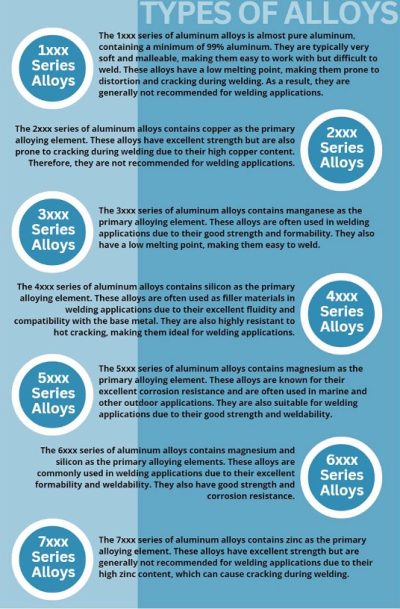
How Aluminum is Joined Through the Welding Process
There are several ways of joining aluminum, depending on the specific application and requirements of the joint. Some common methods of joining aluminum are adhesive bonding, mechanical fastening, and welding.
Adhesive bonding
- This process involves using a specialized adhesive to join two or more pieces of metal together. Adhesive bonding can provide a strong and durable joint, but it requires careful surface preparation and may not be suitable for high-stress applications.
Mechanical fastening
- Mechanical fasteners such as bolts, screws, and rivets are used to hold two or more pieces of material together. Mechanical fastening is a simple and cost-effective way of joining aluminum, but it may not be suitable for applications that require airtight or watertight joints.
Welding
- Welding is the process of melting and fusing two or more pieces of metal together to form a permanent joint. There are several welding processes used for aluminum alloys, including GTAW (gas tungsten arc welding), GMAW (gas metal arc welding), FSW (friction-stir welding), and laser welding.
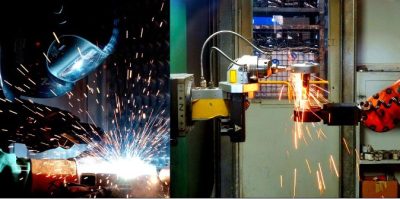
Welding Methods
-
Gas Tungsten Arc Welding (GTAW/TIG)
is a popular welding method for aluminum alloys. This method uses a tungsten electrode to create an arc that melts the base metal, and a filler metal is added to create the joint. GTAW offers excellent control over the heat input, making it suitable for welding thin aluminum sections.
-
Gas Metal Arc Welding (GMAW/MIG)
is another popular welding method for aluminum alloys. This method uses a consumable wire electrode that is fed through a welding gun. The wire melts to form the weld, and shielding gas is used to protect the weld from contamination. GMAW is a faster welding method than GTAW, but it may not provide the same level of control over the heat input.

-
Friction-Stir Welding (FSW)
is a solid-state welding method that uses a rotating tool to generate friction and heat, which softens the base material and allows for the creation of a weld. FSW can create strong, defect-free welds in aluminum alloys with minimal distortion.
-
Laser Welding
is a high-precision welding method that uses a focused laser beam to melt the base material and create a weld. Laser welding can be used for welding thin aluminum sections with excellent precision, but it may not be suitable for thicker sections.
In conclusion, selecting the best aluminum and/or aluminum alloy for welding requires careful consideration of its properties and intended application. Today, aluminum alloys are widely used in a variety of industries and applications, including aerospace, automotive, construction, packaging, and consumer goods. They are often preferred over other materials because of their lightweight, durability, and versatility.
Leading aluminum extrusion manufacturer, Taber, offers expert capabilities – including advanced friction stir welding services – and employs a wide range of materials to help turn your vision into reality. Proud to be BABA Certified Compliant, Taber’s team of professionals will guide customers on the most fitting materials and manufacturing techniques for your builds and projects.
About Taber Extrusions

Taber Extrusions is a leading US-based aluminum extrusion manufacturer, is based out of Russellville, AR and Gulfport, MS. The company caters to various industries such as aerospace, infrastructure, transportation, defense, and thermal management, providing an extensive range of aluminum extrusions. Their ISO 9001 and AS 9100 certifications testify to their commitment to providing superior quality products and services to their existing and prospective customers.
Since their inception in 1973, Taber has worked to earn a reputation for working closely with customers to problem-solve through innovation and collaboration. Taber has established notoriety for the highest levels of quality and responsiveness over four decades, and proudly holds the title of broadest capabilities in the aluminum extrusion industry.
If you have any questions, please visit taberextrusions.com or call Taber Extrusions directly at: 1-888-984-3795.
Follow Taber Extrusions:
LINKEDIN: https://www.linkedin.com/company/taberextrusions/
FACEBOOK: https://www.facebook.com/taberextrusions/
TWITTER: https://twitter.com/taberextrusions
YOUTUBE: https://www.youtube.com/@TaberExtrusions
Interested in becoming a part of the Taber Team? Submit your resume to careers@taberextrusions.com.

